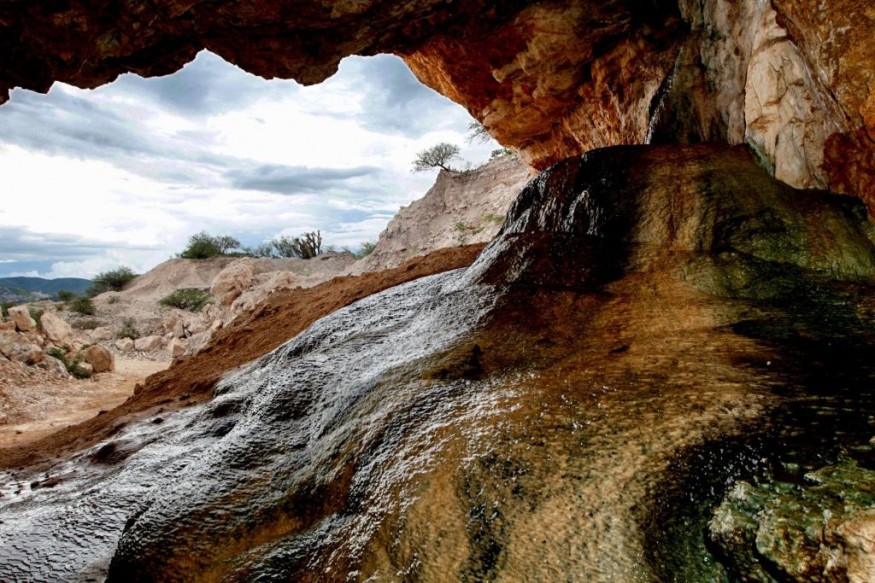
Ancient stone tools discovered 50 years ago inside a cave throughout Poland have recently been recognized as being among the greatest ever unearthed in the region.
Ancient Human Species
As Science Alert reported, the tools discovered inside the Tunel Wielki cave in Maopolska date back somewhere around 450,000 and 550,000 years. This dating could assist researchers in discovering more about humans who created them, as well as about their movement of people and human settlements in Central Europe throughout prehistory.
The timeframe suggests that the techniques were made by the eradicated humankind, which is thought to have been the final common heritage of Neanderthals as well as modern humans. Moreover, it implies that humans inhabited the region at a time when Central Europe's environmental condition would have necessitated substantial physical and cultural adaptation.
This is a very interesting factor of the studies for the experts as explained by archaeologist Magorzata Kot of the University of Warsaw in Poland to Science in Poland.
Researchers as told could indeed investigate the boundaries of Homo heidelbergensis's survival potentials and thus see how they adjusted to these harsh conditions.
Tunel Wielki cave is been unearthed in the 1960s, and archaeologists returned in 2016. Material layers have been dated to the Holocene period, which began approximately 11,700 years back, as well as the Middle Paleolithic period, which lasted up to 40,000 years.
However, archaeologist Claudio Berto of the University of Warsaw believed the dating contradicted his observations. He concluded that the animal bones retrieved from the premises were about obviously longer than 40,000 years.
As a result, which was shown in the Scientific Reports, Kot as well as her team brought back to the cave in 2018. They resumed and lengthened one of their trenches, cautiously inspecting the various layers of material that had accumulated over time and trying to collect the most bone component to analyze.
Underlying Secrets of a Cave in Poland
Experts we also able discovered that the top levels did matter of fact comprise the bones of animals from this same Late Pleistocene and Holocene epochs. However, the bottom surface was clearly older. It comprised the bone fragments of several species that inhabited half a million years ago, such as the European jaguar, Panthera gombaszoegensis; the Mosbach wolf, Canis mosbachensis, an ancestor to modern gray wolves; and Deninger's bear, Ursus deningeri.
The surface that produced the bones also had flint knapping evidence, such as flint flakes, fragments from which additional equipment can also be molded, and cores from which they were struck. There also completed tools like weapons, the news media site - Headtopics reported.
Furthermore, researchers added that previously, there's only 2 main locations in Poland with resources from the relatively similar time frame: Trzebnica and Rusko. The Tunel Wielki cave artifacts, on the other hand, are unique. There are numerous archaeological locations in the area that present indications of ancient human presence, but all of them are expansive.
Humidity and low temperatures would make that difficult. A cave, in contrast side, is a fundamental shelter. It's a sealed area that provides security. We discovered evidence that people who lived there was using fire, which likely helped to tone down such dark and humid surroundings.
The method used it to knap the rock discovered inside the cave was additionally of intrigue; it was the easiest used by prehistoric people, and it was very seldom used as a main form at the moment the techniques were created; it was generally utilized only on insufficient material properties, or even when flint has been in limited supply, Flipboard updated.
© 2025 NatureWorldNews.com All rights reserved. Do not reproduce without permission.





